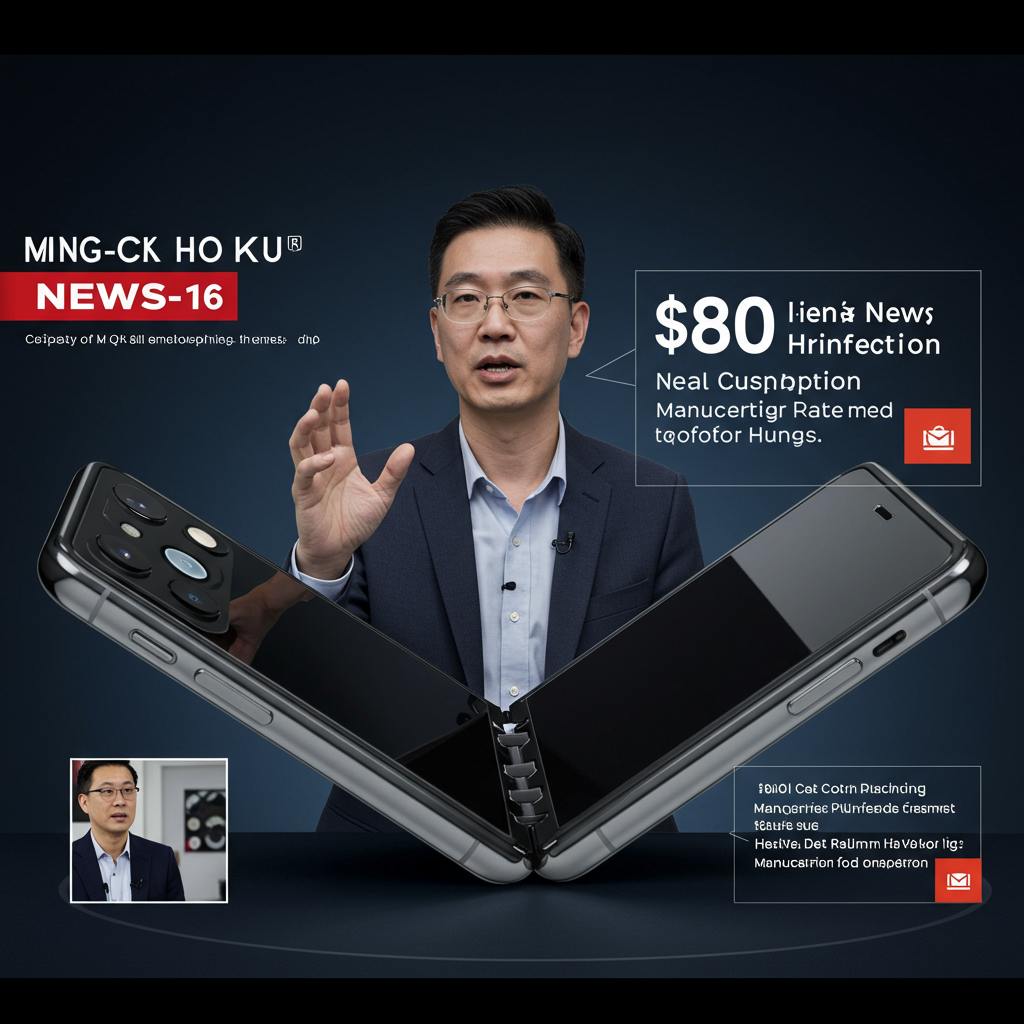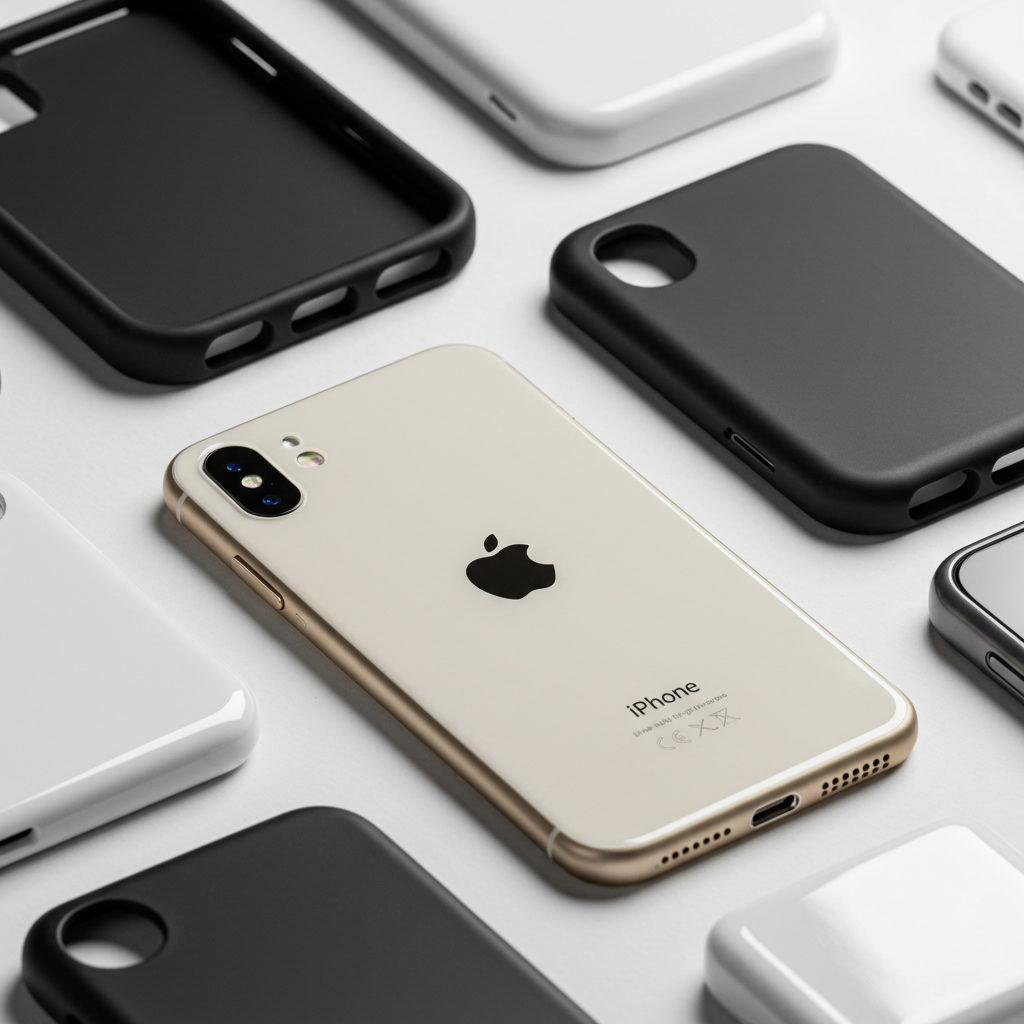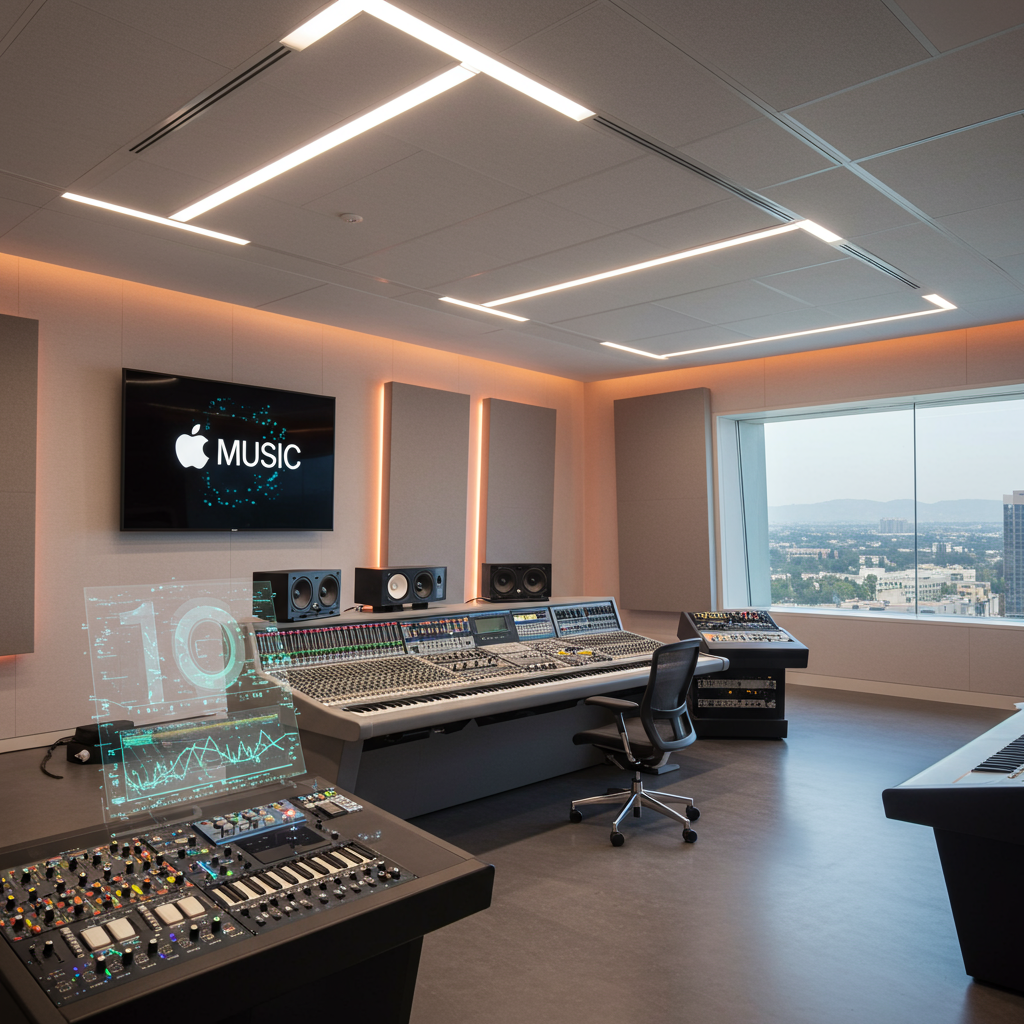Anticipation is building for Apple’s rumored entry into the foldable smartphone market. Exciting new insights suggest a significant breakthrough in manufacturing. The highly anticipated iPhone Fold is poised to benefit from a surprisingly affordable hinge mechanism. This development could reshape Apple’s strategy for its inaugural folding device. Renowned analyst Ming-Chi Kuo has shared critical details. His reports indicate substantial cost reductions for this crucial component. This news arrives as the industry watches Apple’s every move into the competitive foldable space.
Significant Savings Unveiled for iPhone Fold’s Hinge
The hinge is arguably the most complex and costly component of any foldable smartphone. For Apple’s upcoming iPhone Fold, this essential part is now projected to be dramatically cheaper. According to Ming-Chi Kuo, an analyst with deep ties to Apple’s supply chain, the hinge cost could be $70 to $80 less than previous market expectations. This substantial reduction is a game-changer. It provides Apple with considerable flexibility as it prepares to launch its first foldable device. The unexpected savings are not merely a fortunate turn of events. They stem from strategic manufacturing optimizations.
The primary driver behind this cost decline is “assembly design optimization.” This key innovation comes directly from Foxconn, a long-standing manufacturing partner for Apple. Such efficiencies highlight a relentless pursuit of cost-effectiveness within Apple’s vast supply network. It also underscores the intense engineering efforts dedicated to the iPhone Fold’s development. For a company known for meticulous design, securing such a critical component at a lower price point is a strategic win.
Diversified Supply Chain Fuels Competitive Edge
Apple’s approach to sourcing its foldable hinge components is multifaceted and strategic. The company plans to diversify its suppliers, ensuring robust production and competitive pricing. A significant 65% of the required hinges will be produced by a joint venture. This collaboration involves Foxconn and Shin Zu Shing, combining their expertise. The remaining 35% will be sourced from Amphenol, another established player. This dual-supplier strategy minimizes risk and fosters competition. It also encourages ongoing innovation among manufacturers.
Looking ahead, the supply chain could expand further. Analyst Kuo suggests that Luxshare-ICT might join Apple’s hinge supplier roster sometime after 2027. This potential addition carries significant implications. It hints at further opportunities for cost reduction in the future. Moreover, it signals that the foldable hinge market is rapidly intensifying. This segment is evolving into a “new battleground for system assemblers.” Such competition ultimately benefits Apple. It ensures access to advanced, cost-efficient hinge technology. This strategic diversification solidifies Apple’s market position.
Implications for Apple’s Profit Margins and Market Entry
The direct financial impact of these hinge cost savings is substantial for Apple. The article posits that these savings will primarily lead to increased profit margins on each iPhone Fold sold. Historically, Apple is known for maintaining premium pricing for its devices. This new cost efficiency aligns perfectly with that strategy. A price reduction for consumers is unlikely given Apple’s premium market positioning. Instead, the savings will boost profitability, which is critical for a high-stakes product launch. This fiscal advantage allows Apple to invest more in marketing or R&D. It reinforces the company’s strong financial health in a competitive sector.
Entering the foldable market is a complex endeavor. It involves balancing innovation, design, and cost. Apple’s ability to secure a cheaper hinge gives it a significant advantage. It can potentially offer a premium foldable experience without inflating production costs to unsustainable levels. This move reflects Apple’s strategic intent to not only enter but also dominate the burgeoning foldable segment. The cost advantage positions Apple favorably against established foldable players.
The iPhone Fold: Potential Delays and Expected Specifications
While hinge costs are looking favorable, the road to launch for the iPhone Fold might have a few bumps. Initial industry rumors pointed to a 2026 debut for Apple’s foldable device. However, more recent reports from Korea suggest a potential delay. The launch could now be pushed back to 2027. If Apple does manage a 2026 release, production volumes are expected to be significantly limited. Projections suggest only 5-7 million units for that year. This falls short of Apple’s reported goal of 10-15 million units.
The primary reason for this potential delay is Apple’s meticulous approach. The company is dedicating extensive time to finalizing all device specifications. Particular emphasis is placed on refining the hinge mechanism itself. This focus underscores the hinge’s critical role in the device’s overall durability and user experience. Despite the cost efficiency, Apple is prioritizing perfection.
In terms of technical specifications, the iPhone Fold is rumored to feature two advanced displays. A larger 7.58-inch folding main screen will be complemented by a smaller 5.38-inch cover display. Both screens are expected to utilize LTPO (Low-Temperature Polycrystalline Oxide) technology. This enables variable refresh rates, enhancing power efficiency and visual fluidity. Additionally, both displays are slated to incorporate CoE (Color filter on Encapsulation) technology. This method eliminates traditional polarizers, potentially allowing for a thinner and more advanced display design. These high-end display features, combined with the optimized hinge, aim to deliver a premium user experience.
Apple’s Broader Innovation and Strategic Landscape
This development around the iPhone Fold’s hinge costs reflects Apple’s broader strategic emphasis on innovation and supply chain mastery. While the company hones its foldable hardware, other areas of its ecosystem are also seeing significant evolution. For instance, Apple continues to push boundaries in chip design. Recent upgrades brought the powerful M5 chip to its 14-inch MacBook Pro and Vision Pro. The M5 chip delivers substantial performance improvements, especially for AI workflows, and enhanced efficiency. This demonstrates Apple’s commitment to internal silicon development across its product lines.
The company is also refining its brand identity. Its streaming platform, Apple TV+, was recently rebranded to simply “Apple TV.” This move, while potentially creating some consumer confusion initially, simplifies the brand’s streaming presence. Even historical recognition is a part of Apple’s narrative. The US Mint’s decision to issue a new $1 Innovation coin featuring Steve Jobs in 2026 highlights the enduring legacy of Apple’s co-founder and the company’s profound impact on innovation. These diverse activities collectively illustrate Apple’s holistic approach to technology, design, and market presence.
Future Outlook: The Road Ahead for Foldables
The future of foldable smartphones is still unfolding, and Apple’s entry is poised to be a pivotal moment. A cheaper, optimized hinge reduces a major barrier to entry. It provides Apple with a robust foundation for competitive pricing or enhanced profit margins. This strategic advantage could accelerate the mainstream adoption of foldables. As competition in hinge manufacturing heats up, consumers can anticipate more durable and feature-rich folding devices. Apple’s meticulous development process, even with potential delays, suggests a commitment to a polished product. This approach could set new benchmarks for quality and user experience in the foldable segment. The industry will be closely watching to see how Apple leverages these cost savings. Its debut will surely influence the entire foldable market.
Frequently Asked Questions
How much cheaper is the iPhone Fold’s hinge now expected to be, and why?
The hinge for Apple’s iPhone Fold is now projected to be approximately $70 to $80 cheaper than earlier market expectations. This significant cost reduction is primarily attributed to “assembly design optimization” led by Foxconn, a key manufacturing partner for Apple. This innovation in design and production efficiency directly lowers the component cost.
Who are the key suppliers for the iPhone Fold’s hinge, and what does this mean for Apple’s strategy?
Apple is employing a diversified supply chain for the iPhone Fold’s hinge. A joint venture between Foxconn and Shin Zu Shing will produce 65% of the hinges, with Amphenol supplying the remaining 35%. This strategy ensures supply chain robustness, fosters competition among suppliers, and can lead to further cost reductions, especially with the potential future inclusion of Luxshare-ICT after 2027. It highlights Apple’s focus on both cost efficiency and supply security.
When is the iPhone Fold expected to launch, and how might hinge cost savings impact its market price?
While initial rumors suggested a 2026 launch, reports from Korea now indicate a potential delay, pushing the iPhone Fold’s debut to 2027. If it launches in 2026, production volumes are expected to be limited to 5-7 million units. The hinge cost savings are primarily expected to boost Apple’s profit margins on each device sold. Given Apple’s premium pricing strategy, it’s unlikely these savings will translate into a lower consumer price for the iPhone Fold; instead, they will enhance the company’s profitability.
Conclusion
The revelation of a significantly cheaper hinge for Apple’s iPhone Fold marks a pivotal moment for the company’s much-anticipated entry into the foldable market. Driven by Foxconn’s assembly design optimizations and a diversified supply chain, this $70-$80 cost reduction per unit offers Apple a substantial boost to potential profit margins. While a launch delay to 2027 is now rumored, indicating Apple’s meticulous approach to perfecting the device’s hinge and overall specifications, the cost advantage positions the iPhone Fold strongly against competitors. This strategic move highlights Apple’s unwavering commitment to innovation and market leadership, promising a refined and profitable foldable experience whenever it finally arrives.
References
- <a href="https://www.gsmarena.com/applefoundawaytomaketheiphonefoldshingemuchcheaperthan_expected-news-69897.php”>www.gsmarena.com
- <a href="https://www.gsmarena.com/applesiphonefoldmaybe_delayed-news-69965.php”>www.gsmarena.com
- <a href="https://www.gsmarena.com/theresa1coinwithstevejobsonit_now-news-69944.php”>www.gsmarena.com
- <a href="https://www.gsmarena.com/appletvrebrandedtoapple_tv-news-69901.php”>www.gsmarena.com
- <a href="https://m.gsmarena.com/appleupgrades14macbookprovisionprotom5chip-amp-69925.php”>m.gsmarena.com




